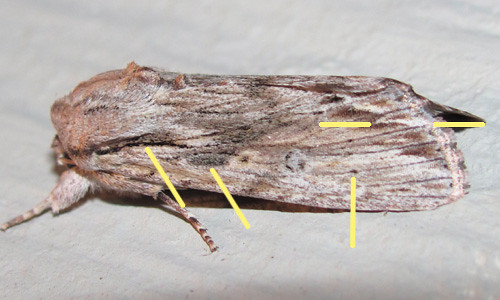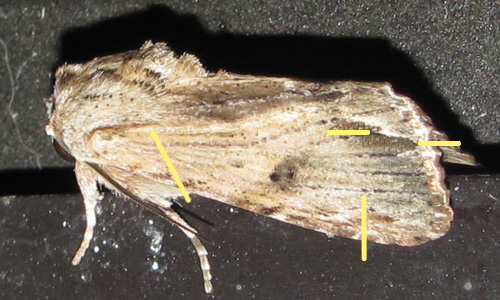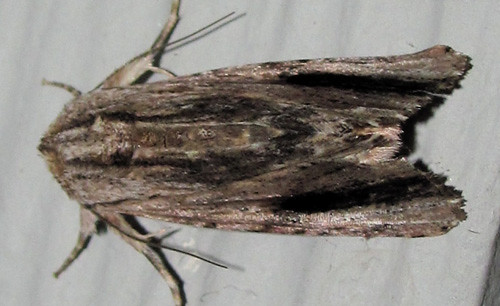Numerologists Field Day?
I just had an odd moment when uploading this Common Oak Moth for March 1 (= 3/1):
http://www.inaturalist.org/observations/5228931
I was refiling that image in my usual folder for “iNat - Moths” when I got a warning that “There is already a file named ‘Phoberia atomeris_0927'. Do you want to replace it?” I hadn’t uploaded this image previously so I went on to investigate why there was a duplicate.
It turns out I had photographed and uploaded an image of this same species on February 15, 2016, just over a year ago…and it happened to end up with the same sequential file number from my camera.
http://www.inaturalist.org/observations/2702960
What are the odds of that?
Well, the numerologist in me recalled that my camera cycles through 4-digit file numbers so one thing that this tells me that in the interim 1 year and 13 days, I had taken precisely 9,999 digital images with my little point-and-hope camera. (It would be an even 10,000 but it doesn’t use the file number “0000”.) If I were to take just one picture of this species randomly during any file number cycle, the odds would have been 1 in 9,999 of ending with the same file number. Yet over the past year, I’ve probably documented over a thousand different species with my camera. Even taking multiple images of most species, the odds of ending up on the same file number with the same species would seem astronomical.
But of course, the Common Oak Moth is fairly routine at my porchlights and I try to document the species at least once each month in which I encounter them. It turns out I had taken exactly 13 (!!) images of the species in the interim year+. So the odds of me randomly landing on “0927” with a Phoberia atomeris might be better stated as about 1 in about 770 (that is, pretty close to 10,000 ÷ 13).
Oh, by the way, that file number “927” can be written using only the digits “1” and “3”. It can be factored by prime numbers as 3 x 3 x 103 which can be rewritten:
927 = 3 x 3 x ((3 x ((3 x 3) +1)) +13)
If you were curious, neither of the iNat observation numbers above (5,228,931 or 2,702,960) is a prime number. The prime factors of the latter number include the number 13, that is:
2 x 2 x 2 x 2 x 5 x 13 x 23 x 113
If you divide the latter observation number by 13, you get 207,920 which is an anagram of 6 of the 7 digits of the previous number after dropping the numeral “6”.
My favorite numbers? Why, 7 and 13, of course. My wife and I were married on July 13.
I’m not makin’ this stuff up. If you read all the way through this journal post, your new bumper sticker should read, “NUMBERS HAPPEN!”.


































